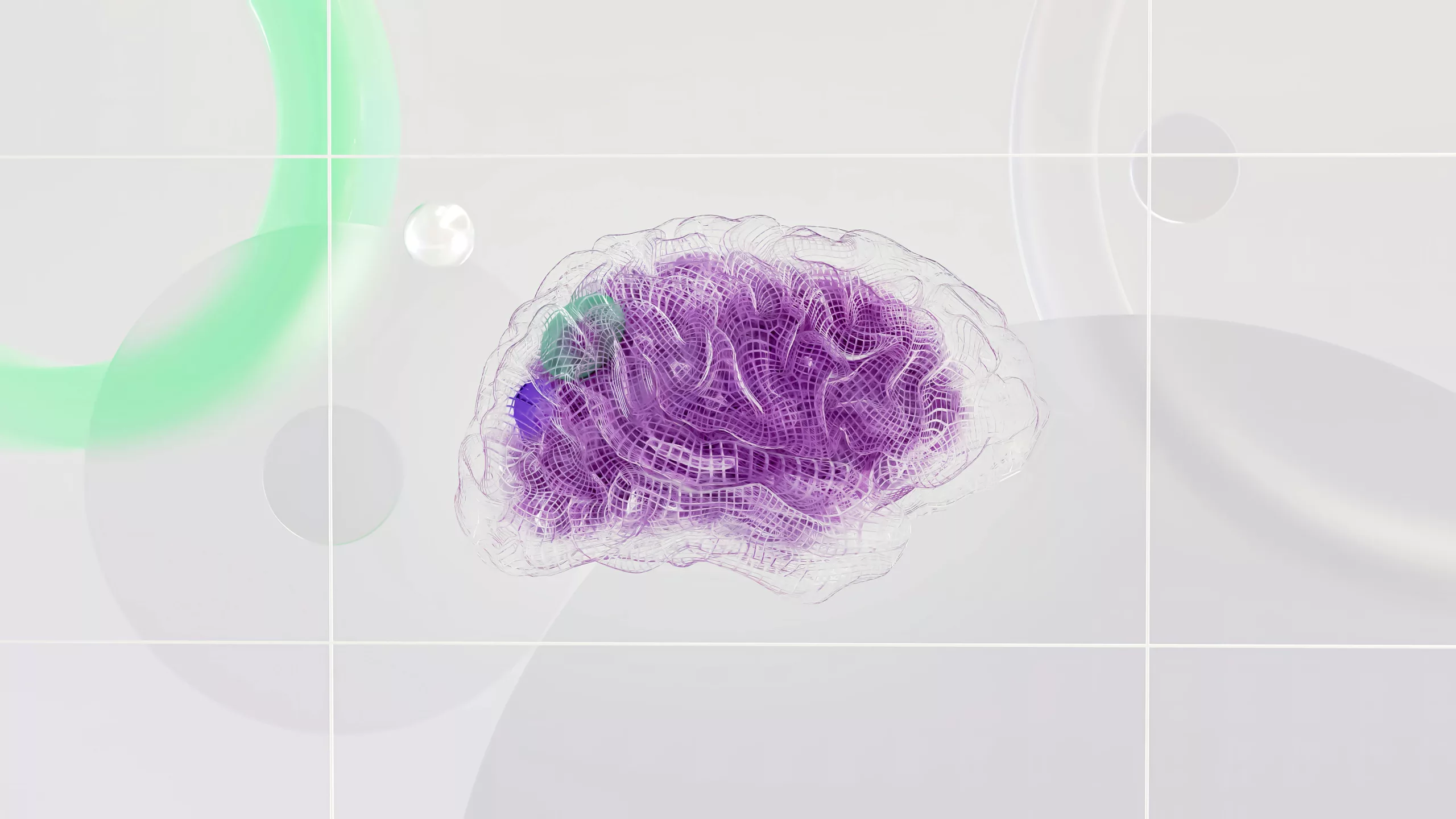If you’ve been following along in past articles, neuroplasticity is the brain’s remarkable ability to adapt, change, and rewire itself in response to experience and learning, right?
Unlocking the Power of the Mind: An Introduction to Neuroplasticity
This process of changing or rewiring allows the brain to form new neural connections, strengthen existing ones, and even create new neurons throughout your lifetime.
By harnessing the power of neuroplasticity, we can unlock our full cognitive potential and enhance various aspects of brain function, including memory, attention, problem-solving, and creativity.
It’s important too, though, to debunk the long(er)-standing myth or belief that the brain’s ability to change is limited to childhood, early-days development or programming, etc. While it’s true that the brain undergoes significant development during the early years (specifically birth thru 6/7 years of age), neuroplasticity continues throughout adulthood. The exceptional new for you (and I) is that this means individuals of all ages can engage in activities and exercises that promote brain health and cognitive function.
Lifelong learning is a key aspect of maintaining a ‘neuroplastic brain’.
By continuously challenging ourselves with new skills, knowledge, and experiences, we stimulate our brain to a point of adaptation and growth. This not only enhances cognitive function but also contributes to overall brain health and resilience against age-related cognitive decline.
I will say, however, that it’s crucial to understand that not all activities are equally effective in promoting neuroplasticity. Engaging in challenging and novel tasks that push the boundaries of our current abilities has been shown to be much more likely to stimulate the brain, and to lead to lasting improvements in our cognitive function.

The Science of Change: How Neuroplastic Exercises Enhance Brain Function
At our biological level, neuroplasticity involves the formation, strengthening, and pruning of synapses, which are the connections between neurons. When we engage in activities that challenge our brain, such as learning a new skill or solving complex problems, the brain responds by creating new synapses and strengthening existing ones. You’ll hear these processes referred to as synaptic plasticity or synaptic pruning, and are the foundation of neuroplasticity in so much as the activity itself.
In the time I’ve been paying attention, research has shown that various, numerous cognitive exercises can promote neuroplasticity and enhance brain function. As an example; studies have found that learning a new language can increase the density of gray matter in the brain, which is responsible for memory, attention, and language processing. Similarly, playing video games has been linked to improved problem-solving skills and visuospatial memory.
The key to promoting neuroplasticity through exercises is to engage in activities that challenge the brain in novel and complex ways. So, as I’d mentioned in the previous section; mental challenges that require our brains to adapt and form new connections are going to be the most effective in promoting neuroplasticity and enhancing our cognitive function.
Another factor I’d like for you to consider; the concept of “desirable difficulties”. This is essentially referring to the idea that challenges that are just slightly beyond our current abilities are more likely to lead to long-term learning and neuroplastic changes. So by us engaging in tasks that are challenging, yes, but achievable, we can optimize our brain’s ability to positively adapt and grow.

The Brain’s Workout: Practical Neuroplasticity Exercises
So, here’s the deal; we now know that incorporating daily habits that contribute to brain health is an essential aspect of promoting neuroplasticity, and bettering our chances of good neurological health in the years to come.
Some of these habits include:
- Engaging in regular physical exercise, which has been shown to increase hippocampus size and improve cognitive function. ‘Activity’, yes, absolutely. Any activity or exercise is better than not, right? That said, a more robust, weight or strength-type of workout (even body-weight exercises seem to have shown even greater improvement.
- Getting enough sleep, as sleep plays a crucial role in memory consolidation and brain health. I talk about sleep SO much. On average, we’re just not getting enough of it. Not of length, nor quality of sleep. And equally so in the entrepreneurial space where the ‘hustle and grind’ is revered ‘at all cost’.
- Practicing stress management techniques, such as meditation and mindfulness, which can reduce inflammation and promote neuroplasticity. Engaging in such stress-reduction habits not only help your overall well-being in reducing inflammation, but you’re then also introducing/creating a new habit, right? And as those stress-reducing activities are consistent enough that they become habitual, you’re equally more likely to engage the practices when needed – without necessarily being consciously aware.

Specific activities that target memory improvement include:
- Learning a new language or musical instrument,
- Playing brain-stimulating games, such as chess or Sudoku,
- Engaging in activities that require memorization, such as learning poetry or foreign vocabulary.
- Practicing consistent habit challenges (such as the Habit Revolution Challenge by ENERGIA VITA) have been shown to assist in creating additional neural-pathways.
To enhance problem-solving and creativity, you can:
- Engage in divergent thinking exercises, such as brainstorming or mind mapping,
- Explore new environments and seek a variety of experiences, which can stimulate the brain and promote new, novel connections
- Practice mindfulness and meditation, which can enhance focus, attention, and creative thinking. Mindfulness isn’t just for stress-reduction! You can use that centring, or essentially clearing of the noise in allowing your mind to be free to create.
It’s important to note that the effectiveness of neuroplasticity exercises and activities can be influenced by individual differences in cognitive abilities, motivation, and overall brain health. Some individuals may respond better to certain types of exercises than others, so I remind you how essential it is to find activities that YOU find are engaging and enjoyable. This has been shown to be more likely to keep you interested and motivated, and so are bound to help you maintain long-term adherence.
Cultivating a Neuroplastic Lifestyle: Beyond the Exercises
While cognitive exercises are essential for promoting neuroplasticity, other lifestyle factors also play a crucial role in brain health. Diet and nutrition are important considerations, as certain nutrients – such as omega-3 fatty acids and antioxidants, have been linked to improved cognitive function and neuroplasticity.

As covered above, physical exercise is another key component of a neuroplastic lifestyle. Regular physical activity has been shown to increase synaptic plasticity, promote the growth of new neurons, and improve overall brain function. Aerobic exercise has been linked to increased hippocampus size and improved memory in some studies, while resistance training shows lasting effects in others.
Sleep is also essential for brain health and neuroplasticity. And yes, I keep repeating these; part of that whole neuroplasticity deal, right? I keep repeating it, you’re more likely to remember it. During sleep, our brain consolidates memories, clears out waste products, and prepares for the next day’s challenges. Conversely, insufficient sleep can not only stunt what was scheduled for that nightly maintenance, but that lack of slumber can also impair cognitive function and hinder neuroplasticity as a result.
Another important aspect of a neuroplastic lifestyle is social engagement. This has been looked at, but most recently it became evident in many ways (and I believe we’ll continue to see the effects for another 2-4 generations, if not more) during recent global events in the 4 years prior to my publishing this article. Maintaining strong social connections and regularly participating in social activities have been associated with better cognitive function and reduced risk of age-related cognitive decline. Social interaction stimulates the brain and provides opportunities for learning and growth.
Measuring Progress & Overcoming Plateaus in Brain Training
Ok, so here’s something that I want you to please remember; when engaging in neuroplasticity exercises, it’s important to set realistic expectations and track progress over time. Improvements in
cognitive function may not be immediate, and you may experience plateaus or setbacks along the way. And so it’s essential you persist and adapt your exercises and/or activities as needed to continue challenging your brain.
I would also hope that it goes without saying that if you (or someone close or known to you) experiences significant difficulties or frustrations in your/their cognitive function or progress, it may be helpful to seek guidance from a professional, such as a neuropsychologist or cognitive therapist. And the ‘who’ is largely depending on concerns, level of difficulty, etc., of course, and I’m not able to help you with that in an article, so use your best judgement and, if in doubt, reach out, as they say. They can provide personalized assessments, recommendations, and support to help individuals overcome obstacles and achieve their cognitive goals.
In wrapping this up for you, let me say that it’s certainly my belief that there’s more than enough published scientific study and evidence to show that neuroplasticity exercises offer a powerful tool for enhancing cognitive function and promoting lifelong brain health. By engaging in activities that challenge the brain in new, creative, and complex ways, individuals can stimulate neuroplasticity and unlock their full cognitive potential.
As I’ve said, though, it’s important to remember that neuroplasticity is a complex process that involves various lifestyle factors, including diet and sleep. And does exercise improve cognitive function? Absolutely! All of the things, yes? By adopting a holistic approach to brain health and persisting in your efforts, you should be able to cultivate a neuroplastic lifestyle, and enjoy the benefits of improved cognitive function throughout your life.
Happy Plasticity!


